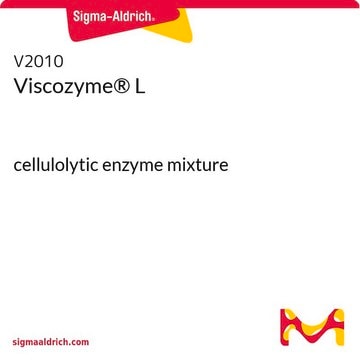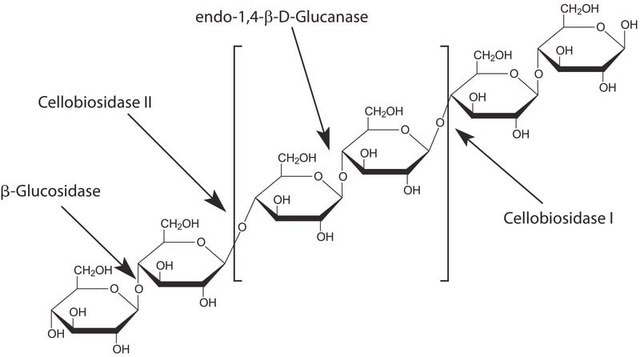C2605
Cellulase from Aspergillus sp.
aqueous solution
Sinônimo(s):
Carezyme 4500L®, Carezyme®
About This Item
Produtos recomendados
forma
solid
atividade específica
≥1000 units/g
características do produto alternativo mais ecológico
Waste Prevention
Design for Energy Efficiency
Learn more about the Principles of Green Chemistry.
sustainability
Greener Alternative Product
categoria alternativa mais ecológica
temperatura de armazenamento
2-8°C
Categorias relacionadas
Descrição geral
Aplicação
Ações bioquímicas/fisiológicas
Nota de preparo
Outras notas
Informações legais
Palavra indicadora
Danger
Frases de perigo
Declarações de precaução
Classificações de perigo
Resp. Sens. 1
Código de classe de armazenamento
11 - Combustible Solids
Classe de risco de água (WGK)
WGK 1
Ponto de fulgor (°F)
Not applicable
Ponto de fulgor (°C)
Not applicable
Equipamento de proteção individual
dust mask type N95 (US), Eyeshields, Faceshields, Gloves
Certificados de análise (COA)
Busque Certificados de análise (COA) digitando o Número do Lote do produto. Os números de lote e remessa podem ser encontrados no rótulo de um produto após a palavra “Lot” ou “Batch”.
Já possui este produto?
Encontre a documentação dos produtos que você adquiriu recentemente na biblioteca de documentos.
Os clientes também visualizaram
Conteúdo relacionado
Uma visão geral dos métodos de lise celular e extração de proteínas, incluindo técnicas de solubilização em detergente, lise por congelamento e descongelamento, choque osmótico, sonicação, lise celular enzimática e ruptura mecânica, como Dounce, Polytron e homogeneização com almofariz e pilão.
Cell lysis and protein extraction methods overview various techniques, from detergent solubilization to mechanical disruption, supporting research needs.
Nossa equipe de cientistas tem experiência em todas as áreas de pesquisa, incluindo Life Sciences, ciência de materiais, síntese química, cromatografia, química analítica e muitas outras.
Entre em contato com a assistência técnica









